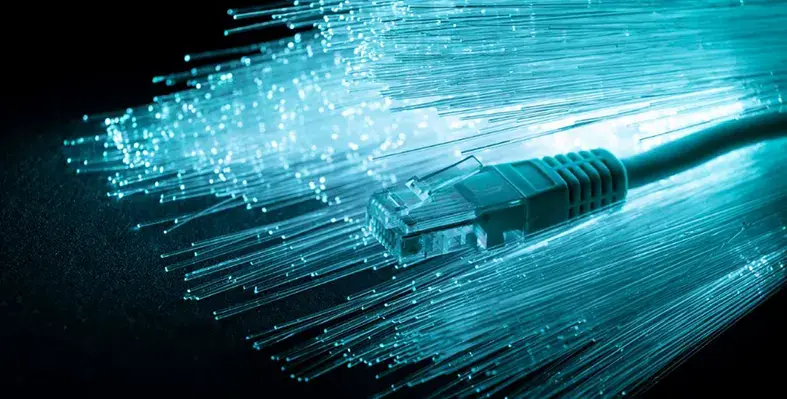Tizeti, the pioneering solar-based Internet service provider in West Africa, has announced the successful upgrade of its core network infrastructure capacity to 100Gbps
This upgrade will provide additional capacity to support Tizeti’s services as well as future upgrades. It ensures that its customers continue to enjoy high-quality and reliable Internet services which meet the demand for the exponential increase in unlimited internet data consumption due to the surge in the numbers of customers working from home.
The project involved upgrading Tizeti’s existing Gigabit fibre connection of its Lagos Points of Presence (POPs) to 10Gbps and relocating from its owned and operated data centre to a Tier III data centre. With this increased fibre capacity, Tizeti is prepared to continue to provide its customers with its affordable and unlimited Wi-Fi Internet service, while expanding its services to include business and business customers.
Kendall Ananyi, Tizeti’s CEO, said that the upgrade will increase the reliability of its services by providing multiple routes for network transit to the Internet. Ananyi confirmed the 100Gbps upgrade meets wider connectivity requirements, such as low latency as a result of hosting its 4G LTE core servers within its network in Nigeria. This guarantees faster, more reliable connectivity, as well as reduced operational costs.
“Our consistent investment in our core infrastructure shows our dedication to meeting the global challenges of increased data use driven by teleworking, distance learning, remote gaming, video chat, and streaming. We are committed to reducing the cost of data and accelerating internet connectivity across the continent while maintaining our competitive edge with quality unlimited internet service” Ananyi said.
Ifeanyi Okonkwo, Tizeti’s chief operations officer, said, “Tizeti has consistently delivered on its mission to provide unlimited internet to our customers, and this upgrade will allow our customers enjoy better browsing experience during this time of increased data consumption.”






















